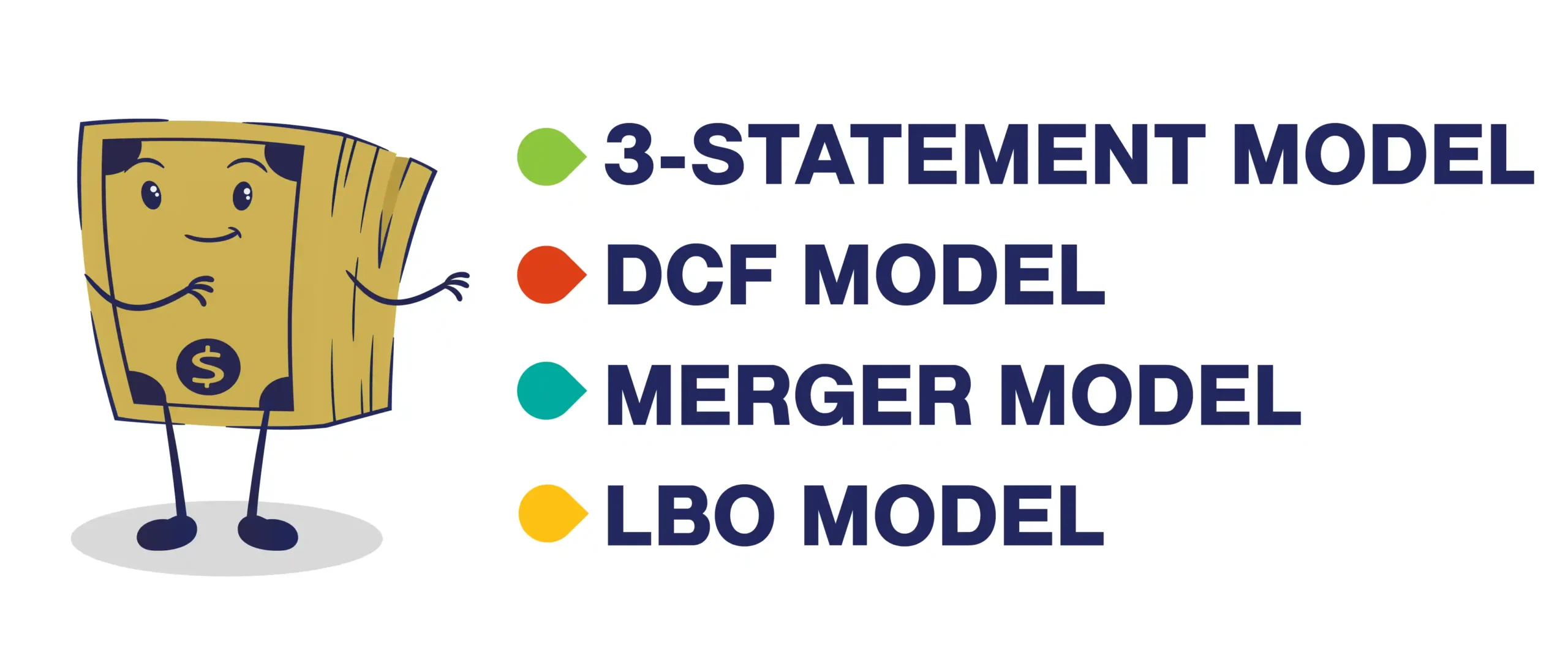Today, it’s all about numbers, calculations, spreadsheets and how companies can make use of that! If you hate spreadsheets, tough luck, because you’ll need it when it comes to making some tough financial decisions. If you haven’t figured it out yet, we’re talking about financial modeling! This is a skill or “tool” that is crucial for businesses that helps them make decisions for the future. So, let’s dive right into it and learn what these models are, what purpose they serve, and why every company needs them! Shall we?
What Is Financial Modeling?
Basically, financial modeling is a spreadsheet that represents a company’s financial operations in numbers. This spreadsheet will become a tool for analysts to forecast said company’s financial state in the future. This forecast is naturally the product of the historical data, past and present that makes up the spreadsheet. And as we said, the model evaluates how different factors, whether internal or external, will impact a company in the future. Usually, the spreadsheets are created using Excel since it’s the most flexible program out there!
What Is Financial Modeling Used For?
The most important thing about financial modeling is that it helps companies in their decision making. This is crucial whenever a new project or investment is on the table. Moreover, it helps with business valuation, especially if the company is on the verge of a merger or acquisition. And of course, financial models are there to help with risk assessment and analysis of different scenarios and how they will affect the company’s financial state.
Types of Financial Modeling
There are many types of financial models, but we’re gonna run you through some of the most common ones.

Three-Statement Model
This is the most common type of financial model, and it uses, as the name suggests, three statements. These would be the income statement, cash flow statement, and balance sheet! The most important thing here is to know how to link these statements together to be able to successfully draw conclusions from them. Naturally, this will require both accounting and Excel skills!
Discounted Cash Flow (DCF) Model
The DCF Model projects a company’s value in future by using present day’s cash flow statement. Of course, this also requires some Excel mastery to be able to use functions and whatnot.
Merger Model (M&A)
In this model, analysts assess the impact of a merger or acquisition on a company. It’s a rather advanced model compared to the two we previously mentioned. The merger model can help acquisitors decide whether this investment will be lucrative or not.
Leveraged Buyout (LBO) Model
The LBO model is another pretty advanced one that analysts use. This one analyzes the impact of the acquisition of a company that has a significant debt. That’s where they decide whether this investment will be able to handle that debt without suffering losses.
Wanna Save Time & Effort?
Of course, there are more types of financial models, and each serves a specific purpose and takes different metrics into consideration. But naturally, you don’t have to worry about that if you hire external help like Noraal. Now, that’s not the only thing that we have to offer, especially for companies looking to up their financial game. So, make sure you check out our range of services if that sounds like something interesting to you!
